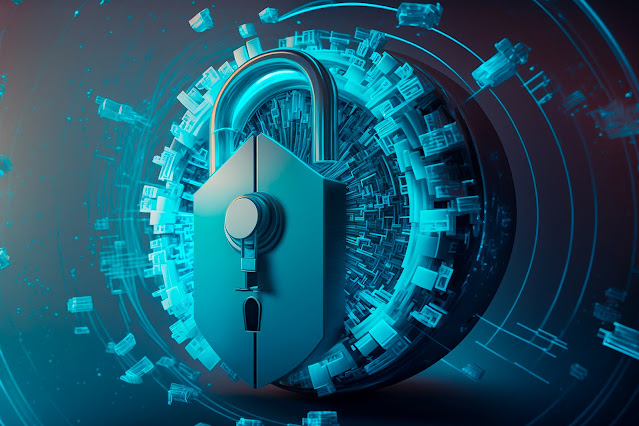How SSH Keys Encryption Enhances Network Privacy?

In the digital realm, the synergy between SSH Keys and encryption emerges as a formidable force, significantly fortifying network privacy. Secure shell Keys, intricately woven into the fabric of secure communication, employ advanced encryption protocols to create an impenetrable shield around sensitive data. This dynamic duo not only ensures the confidentiality of information traversing the network but also safeguards against evolving cyber threats, embodying a proactive stance in the face of increasing challenges. The dual commitment of secure shell Keys to authentication and robust encryption epitomizes the pinnacle of network privacy. As we traverse the digital landscape of 2023, the integration of secure shell Keys and cutting-edge encryption stands as a beacon, guiding networks toward a future where privacy is not just maintained but continually elevated. In this symbiotic relationship, secure shell Keys emerge as the guardians of a secure digital ecosystem, championing the cause


